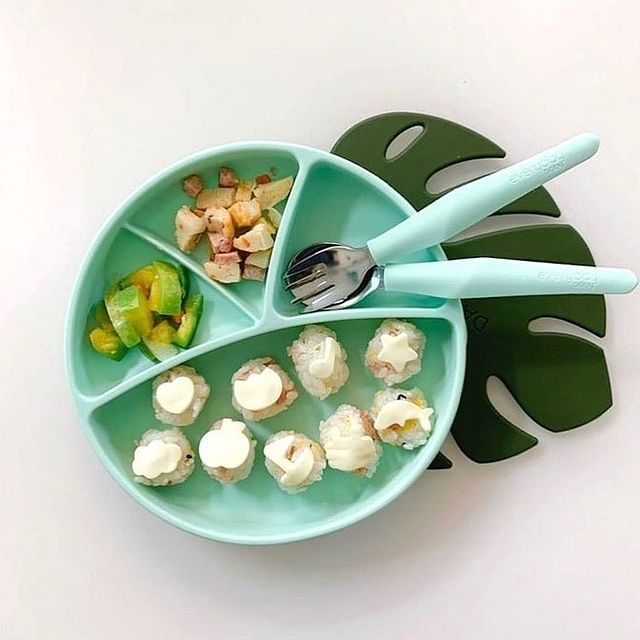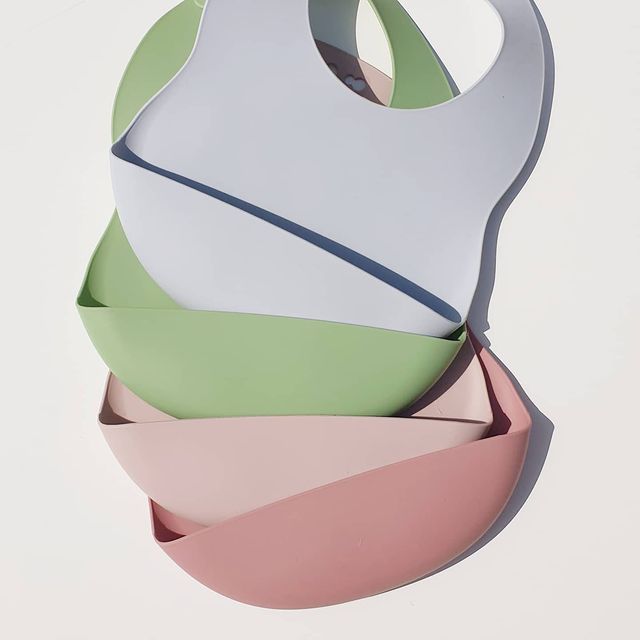More and more people are starting to be conscious about the products they consume, especially those that has a direct effect to our health. This goes without saying for our mothers. The question is, how vital are kid’s non-toxic dinnerware alternatives?
Well, certain plastics inject toxins in your baby’s diet, which in turn affects their healthy development. Why is plastic used then? Well, plastic is cheap, easy to mass produce and can be easily molded into fun designs with bright colours compared to metal or glass.
What you need to stay away from:
- BPA & BPS – BPA and BPS harden plastics often used for beverage containers and plastic dinnerware.
- Phthalates – These are a group of chemicals used to make plastic flexible and hard to break. Eating/ drinking or storing in these products means bad exposure.
- PVC – Polystyrene or better known as Styrofoam releases toxic breakdowns into food and drinks. It is also the most challenging plastic to recycle.
- Lead & Cadmium – While lead provides a glazed finish to products, when you serve acidic products in these, they leach into the food faster and in higher amounts
- Teflon (PFAS) – This helps form a coating on cookware products that resist heat and oil however have a negative impact on health.
- Melamine Plastic – While this may help to bind structures into shapes, after productions bits of melamine stay in the plastic which migrates into food overtime.
And if you’re using any of these plastics, be sure to be following the right methodologies like avoiding acidic foods in these plates, handwashing them only or no heating them in the microwave. But trust us, when there are such amazing alternatives available, it’s best to stay away from them plastics. Better for our babies and the planet.
Since we are steering clear of plastic options that are, most of the times, containing nasties we don’t want in our food, much more for our little ones, let’s get exploring some eco-friendly, non-toxic tableware for babies.
Silicone
Silicone can be considered as a great alternative for plastic, especially for kid’s use, due to its soft properties which is great for the delicate gums and teeth of babies. Babies tend to chew on almost anything so feeding them using silicone spoons, sippy or baby bottle is a safe way to go. This type of tableware for kids is a durable option, meaning it can last for a very long time and cut on waste for frequently replacing non-durable baby’s dinnerware such ones made in plastic.
Unlike plastics, this material stays unbothered in temperature extremes Meaning it’s safe to use in ovens, freezers and microwaves! Not only that, it’s break proof and companies can mould it into any design imaginable.



Wood or Bamboo
Like for us adults, bamboo is also becoming a popular material for baby items from tableware to clothes. Bamboo is the fastest growing grass and remains unharmed when it’s cut, making it a super sustainable option for products.
Unlike, melamine, glass, and sometimes, even brittle plastic tableware, bamboo plates are a lot stronger than the former mentioned. Forget the worries of your toddler breaking a plate even during their hyperactive times.
Bamboo is all natural, non-toxic, lightweight and durable making it a great alternative for baby feeding products.
Although bamboo tableware for babies may seem like a big investment compared to cheap and unsafe plastic or glass options, which can be hazardous in many ways. Bamboo ware is really a great investment if to consider the long-term benefits of its durability and safety.
Another great thing about these is that at the end of a bamboo ware’s life cycle, they can also biodegrade in the ground rather go straight to the landfill, or worse, our oceans.



Stainless Steel
While bamboo is a great option, stainless steel takes the cake. It’s affordable, extremely durable and lasts literally forever! While glass maybe a great option too, it is breakable and the next best thing is definitely steel.



Well, this was easy! Multiple options available, in beautiful attractive shapes and colours, why choose options that are not good for our young ones and the planet?
